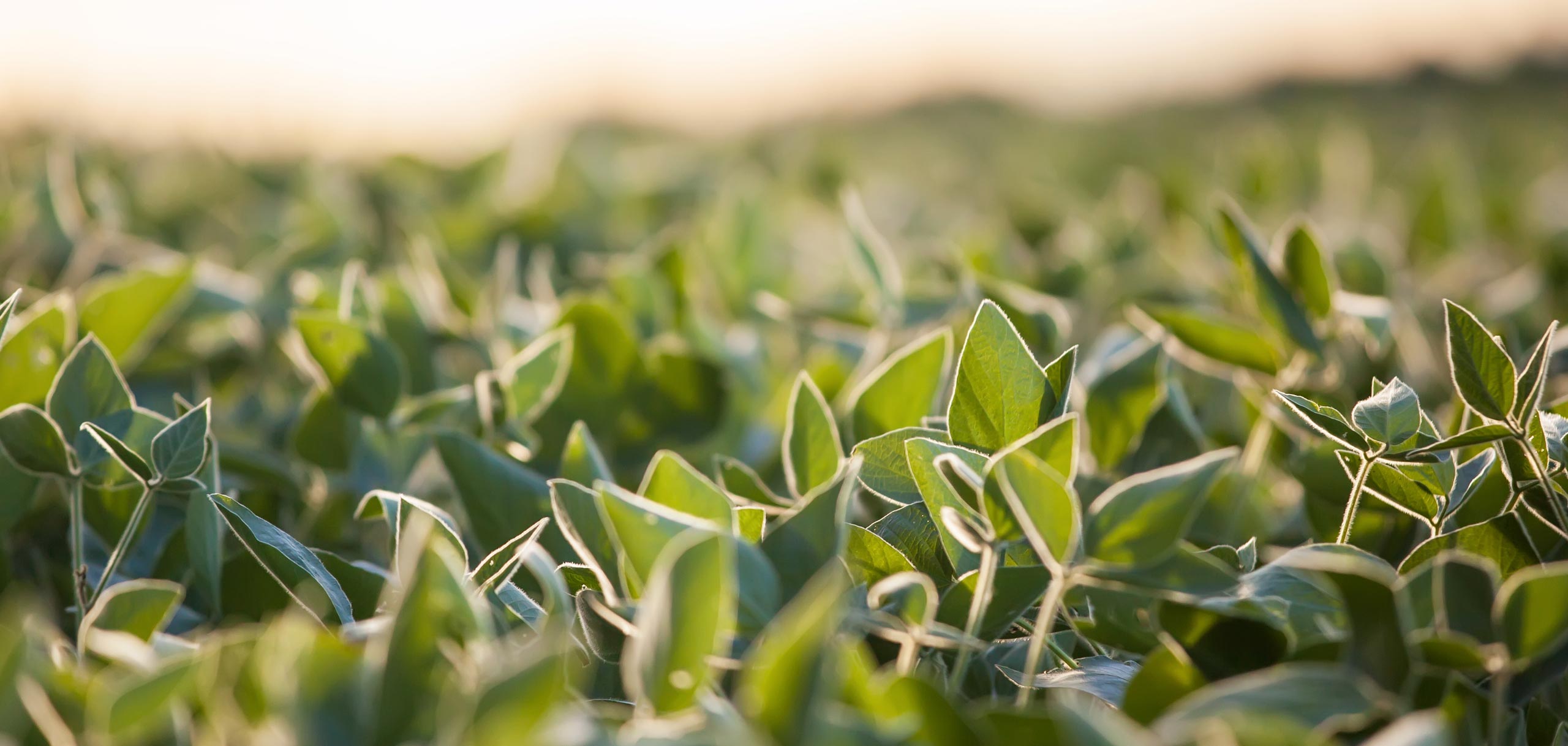USSEC and WISHH Coordinate on U.S. Soy Market Growth and Transition
- Category:
- General News

USSEC and the World Initiative for Soy in Human Health (WISHH) program are paving complementary trade routes that grow U.S. Soy markets in Asia and developing countries throughout the world.
In January, WISHH convened their first “U.S. Soy Foods Seminar” in Myanmar, building on one that USSEC conducted there in 2014. WISHH’s event attracted more than 70 Asian food industry representatives who gained insight into how they can offer a variety of nutritious foods made with soy and soy ingredients. Media also covered the seminar that included USSEC’s Southeast Asia Technical Director, Human Nutrition Boon Yee Yeong and USSEC Regional Director - Southeast Asia Timothy Loh.
Ms. Yeong says, “Following USSEC’s soy food seminar in Manila last year, USSEC held a back-to-back soy seminar in Yangon, Myanmar to introduce soyfood and nutrition to the health professionals and a few producers who are involved in food aid programs. This coincided with the completion of the Emerging Markets Program (EMP) study that WISHH did on Myanmar, and their desire to be more engaged with the local food processors and potential stakeholders there who have not been introduced to U.S. Soy for food and beverage uses. It will not be many years before we may have a meaningful market for food in Myanmar although there could be interest from our individual suppliers in exploring entry into the market.”
USSEC member NeCo Seeds, a soy food bean exporter, participated in the event. NeCo CEO Mike Cook was part of the closing Q & A panel, where he represented U.S. exporters. Raymond Tan of Enerfo, also a USSEC member, attended as well.
The United States Department of Agriculture (USDA) and the North Dakota Soybean Council provided funding for the WISHH-led seminar. The event complemented the work that USSEC began about four years ago to develop markets for U.S. Soy-based aquaculture in the country, formerly called Burma, and located between China and India.
“WISHH is pleased to coordinate with USSEC on Myanmar as well as other countries to make the most of soybean checkoff trade development investments,” says WISHH Chairman Andy Welden, a Michigan soybean grower. “Staffs are cooperating with each other and the USDA so transitions are smooth and new international customers continue to grow markets for U.S. Soy,” Mr. Welden continues.
USSEC and WISHH staffs’ ongoing discussions are also coordinated with the USDA Foreign Agricultural Service’s (FAS) Unified Export Strategy (UES). USDA uses UES as an integrated planning system for U.S. agricultural trade groups to apply for FAS market development and export promotion programs. Bangladesh is one example of this collaboration.
On October 1, 2015, WISHH will transition Bangladesh operations to USSEC. Bangladesh’s soy purchases have reached more than $10 million over five years, which is the level set by U.S. grower leaders for country transitions from WISHH to USSEC. USDA funding aided WISHH in forging key relationships with organizations such as the Bangladesh Auto Biscuit and Bread Manufacturers Association that signed an agreement in February 2015 to conduct soy flour baking trials under a USDA Quality Samples Program. USEEC will continue these efforts, building on WISHH’s work in the human food sector during the past two years, while also focusing on the large and growing aquaculture and livestock sector.
Marypat Corbett, USSEC Marketing Director – Human Nutrition/Oil, says that Pakistan is likely the next country that will have a formal WISHH/USSEC transition plan put into place.
“The soy continuum is a great example of how the U.S. Soy family works together to affect the overall market for U.S. Soy and its demand around the world. The three organizations that do this are the World Soy Foundation (WSF), WISHH and USSEC,” she says.
WSF is a humanitarian organization with the goal of reducing malnutrition through the power of soy. WISHH represents the next step with its focus on market building by addressing long-term demand. It creates customers and markets for U.S. Soy. USSEC is the final piece to the market strategy, targeting large or potentially successful markets to maximize the utilization of U.S. Soy internationally.